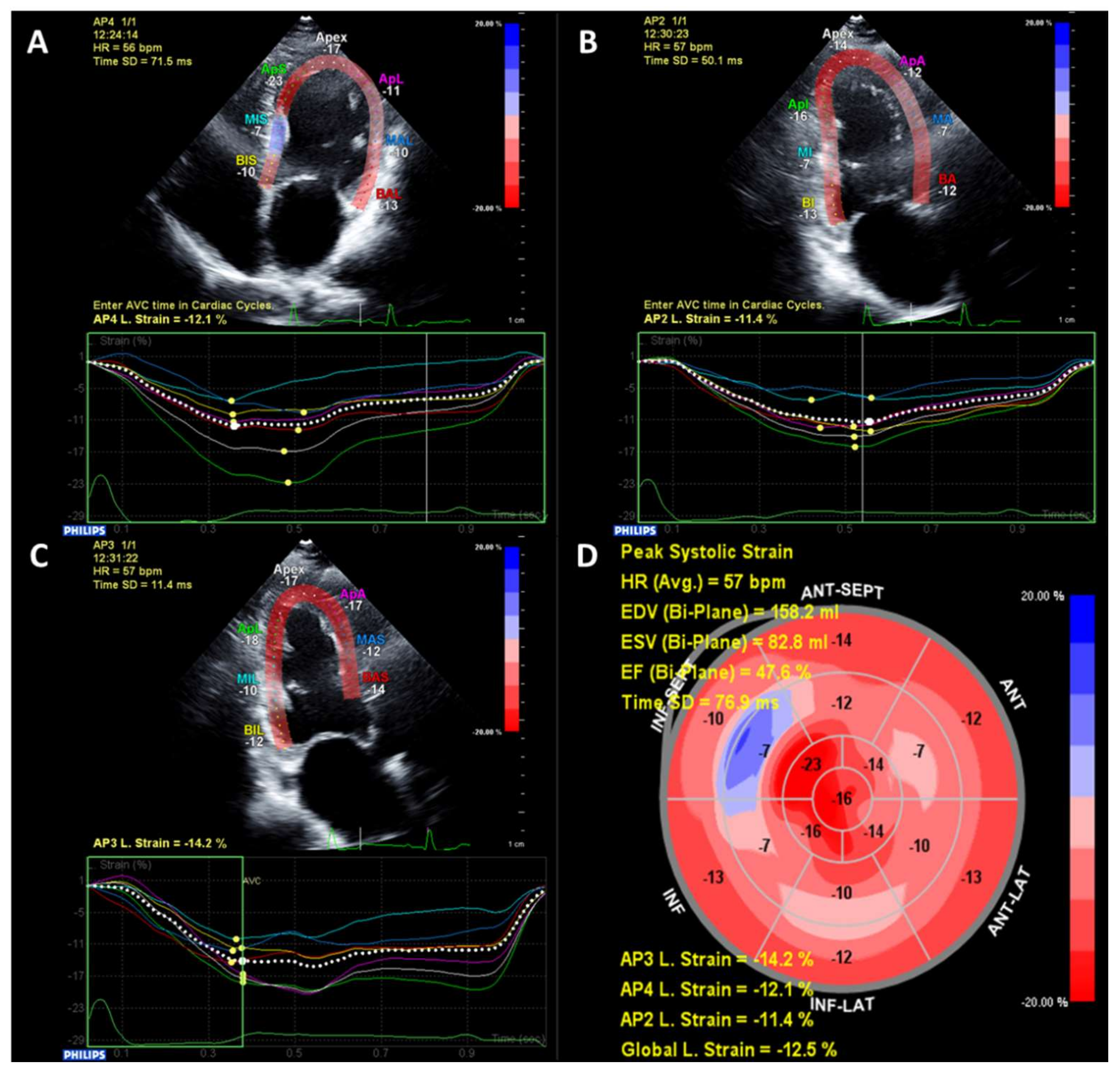

Separate_axial ( t1_data, index = 250 ) # separate plot t2 fftn ( data, axes = ( 0, 1 )))) freq_x = np. title ( "Pass filter" ) return mask def separate_axial ( data, index = 250 ): # raw image zeros (( rows, cols )) mask = 1 if verbose : plt. ones (( rows, cols )) mask = 0 elif ptype = 'low' or ptype = 'band' : mask = np. ogrid if ptype = 'band' : mask_area = np.
raw image after smoothing using frequency domain filtering (use filters defined as above)ĭef cpf ( size, r = 10, ptype = 'high', verbose = False ): rows, cols = size crow, ccol = int ( rows / 2 ), int ( cols / 2 ) cntr = x, y = np. raw image after edge enhancement using frequency domain filtering (edge detection filter). Let’s show the result as 5 separate plots (1 for each modality), each plot has 4 sub-plots: Perform smoothing as above and also edge detection using frequency domain filtering on each modality, can use fftn, or just do a 2D version and show a single slice. Load and display each modality in viewer. ifftshift ( gaussfilt * rotim )))) count += 1 plt. Rotim = viewer ( swi_data, index = 250, view = 'axial', fft = True, ret_val = True ) count = 1 for sigma in range ( 1, 25, 5 ): gaussfilt = gaussian_kernel ( rotim. Generating filters for 5 different sigmas using the following code: Generate frequency-domain gaussian filter using meshgrid and use to do frequency space filtering. Viewer(t2_data, index=250, view='axial', fft=True) It looks like below using t2.nii, viewer(t2_data, index=250, view='axial'): Here uses fftshift and the logarithm to correctly visualize the fft. Do a simple 2D FFT on one of the z-slices (axial slice) and display the result. Here we use fft functions in numpy to perform edge detection and smoothing on 3D images in the frequency domain. Smoothing and edge-detection are fundamental image processing operations. Modalities and frequency-domain filtering Viewer(t1_data, index=250, view='axial', aspect='auto') Also add different colormaps and intensity limits options, viewer(t1_data, index=250, view='axial', cmap='gray'): We can also see the need for histogram equalization in sagittal/coronal view (blood vessels are too bright relative to the rest of the tissue). 
When place the mouse over one of the subplots and rotate the mouse wheel, only the selected subplot slice will change. Here uses of the Matplotlib.Īdd histogram equalization option histeq, call viewer(t1_data, index=250, view='coronal', histeq=True) will produce a histogram-equalized image in the viewer, instead of the raw image.Īdd an option to display all viewers simultaneously in the same plot using sub-plots. We can rotate the mouse wheel, or press the ‘up’ or ‘down’ arrow keys, the image will change to a different slice. T1_data is a 3D numpy array with the z-slices in the \(3^\text\) dimension (most images are structured this way). A call to viewer(t1_data, index=250, view='coronal') produce the following image: Python viewerĬreate a viewer function in Python that displays a slice from a 3D image and allows for scrolling through the images slices using keypad or mouse wheel. nii is a medical imaging format ( nifti format).
Blood oxygen level dependent (bold.nii). There 5 separate modalities of 3D MRI images as follows: Use the nibabel libraries to load images from disk. All these images were taken from OpenNeuro.






 0 kommentar(er)
0 kommentar(er)
